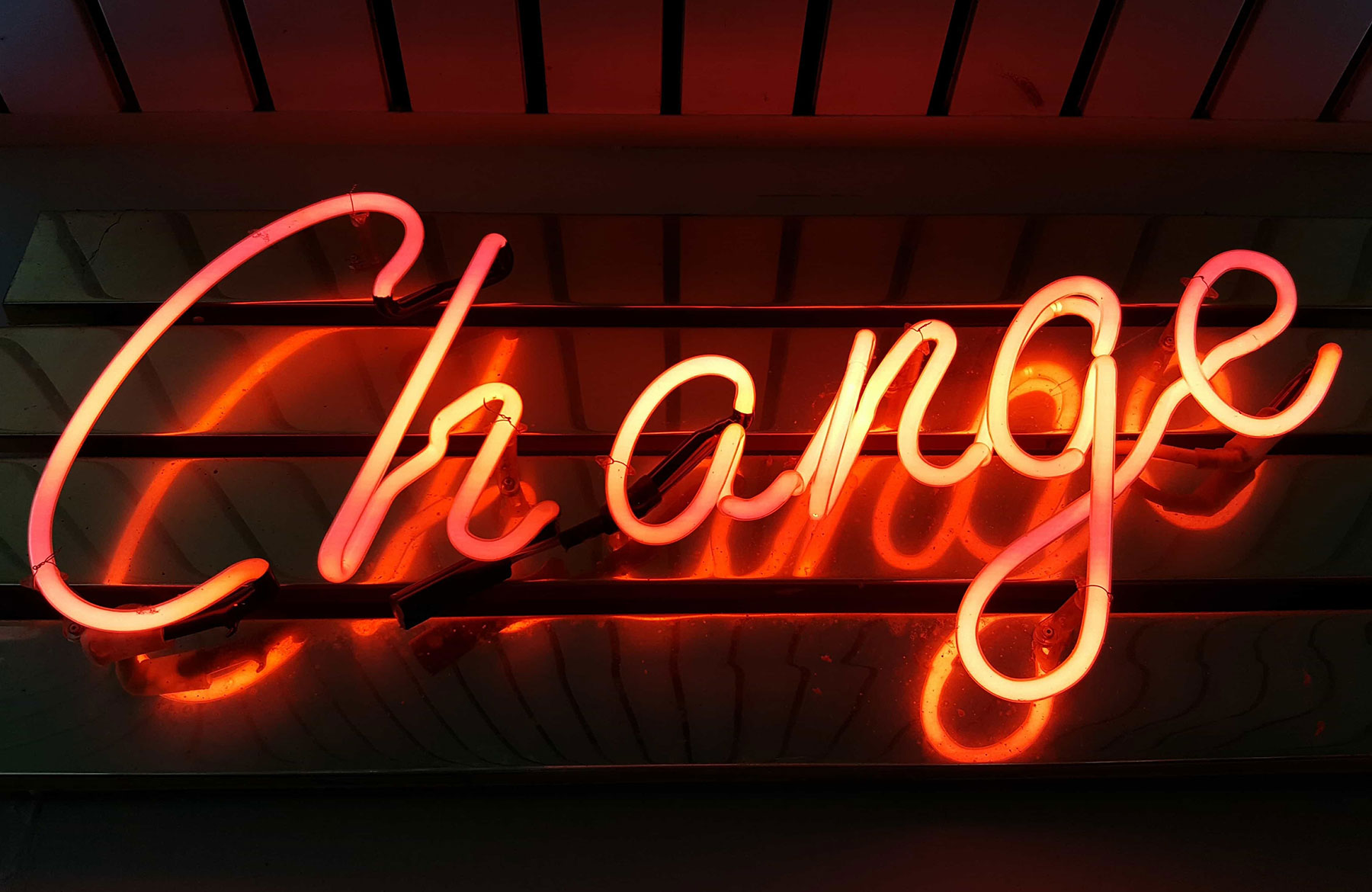What Rising Facebook Costs Mean for D2C Brands
November 16, 2018
Facebook has made plenty of headlines over the last two years, spurring a raft of platform changes in response. But behind the spotlight of news coverage, those of us closely tracking CPAs, ROAS, and conversion rates know that Facebook’s actions have also heavily impacted the ad market for D2C brands—and a not-so-quiet revolution is underway as a result.
Analysts have been tracking significant increases in Facebook ad costs over the last 24 months and many brands have been asking how to respond. Our own clients are seeing the same, and in some instances even more, staggering cost increases as they grow their customer bases. All of this has been leading us to challenge how strong our customer acquisition strategies are and diversify.
Below we’ll explore why you should consider channel diversification outside of Facebook along with what other vehicles you may want to consider as alternatives.
Facebook Costs by the Numbers
Facebook’s hikes in cost have been making waves consistently — but the newest data shows cost increases are accelerating in the second half of the year. Nanigan’s Q3 Facebook Benchmark report for 2018 clearly highlights some notable spikes in ad costs on the platform:
- Year-over-year CPM has bumped 20 percent globally, and 42 percent for ecommerce. Remarkably, ecommerce saw a 16 percent rise in the last quarter alone
- Year-over-year CPC has risen 51 percent globally. While ecommerce CPC only rose 13 percent in that timeframe, it saw a sharp 31 percent jump in the previous quarter
In response, many companies have begun decreasing their percentage of spend dedicated to the platform. In some cases, we see brands reducing Facebook ad spend to less than 25 percent of their overall mix — down from 50-60 percent in prior years.
How Should Your Brand Respond?
To start — this is as good of a reminder as any that your brand cannot be so heavily dependent on any one source to acquire customers. And while there’s still plenty of room to find cost-effective traction on Facebook, operating this way is a little like trying to climb a wall with one hand tied behind your back.
We think D2C brands would be well-served to build a customer acquisition playbook that has different strategies, tactics and models to capture new customers in the right channels. And these strategies can be taken from all over the industry – not just what you see your category competitors doing. Within social media, brands should consider boosting Instagram activity, especially as we see the platform adding features that are increasingly friendly to ecommerce. Additionally, Snapchat is another great target for D2C brands that fit the demo, particularly since its new pixel tracking features have led to some significant cost per action reductions over the last quarter.
Outside of social, we are working with brands to look toward vehicles that have the right combination of trackability and scalability. Things like satellite and digital radio, DRTV, and certain forms of retargeting display advertising all help boost reach and drive lower CPAs. None may be as naturally action-oriented as social media advertising — but many offer more reach, decent cost efficiencies, and the potential for larger results.
However you choose to respond, our key message for all D2C brands is that nobody should have all their eggs in one basket. Modern consumers are widespread across a variety of platforms and D2C brands should chase those eyes wherever they live.




